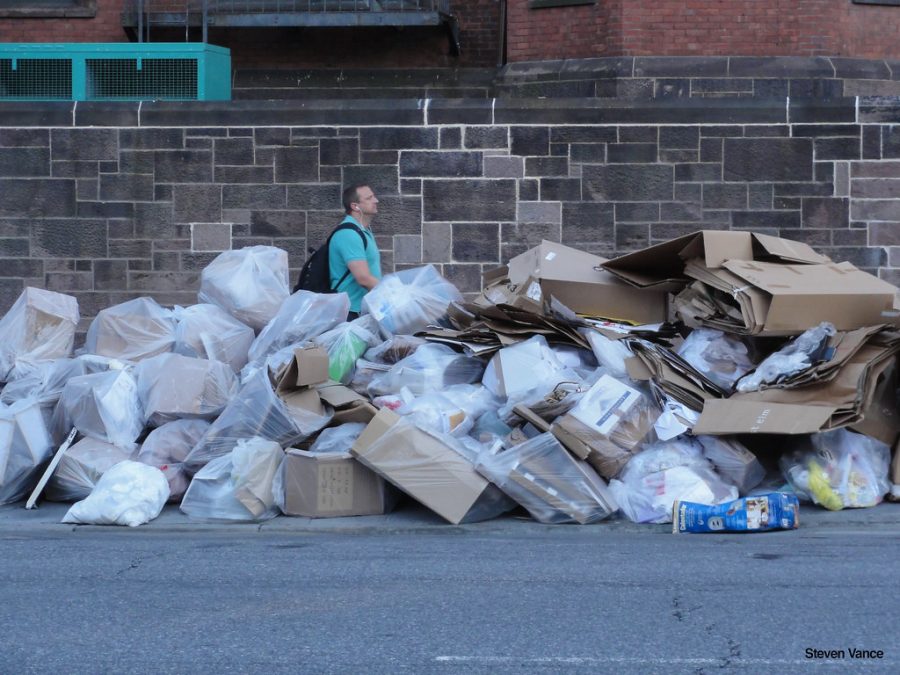NYC must inform the public of new trash collection times
Steven Vance | Flickr
October 28, 2022
The New York City Department of Sanitation and Mayor Eric Adams unveiled a plan to help mitigate the amount of time trash spends awaiting pickup on the sidewalks to curb the city’s festering rodent problem.
These new rules, slated to go into effect in April of 2023, will require residential buildings within the five boroughs to either take out the trash as early as 6 p.m. if placed in a secure container or 8 p.m. if it’s in a bag on the curb.
The new initiative will likely prove effective at limiting the number of rats on the street. However, the city should not enforce penalties against New Yorkers until it effectively shares all information about the program.
In the past few months, New York City has seen a disgruntling increase in rats roaming the sidewalks. Reported rat sightings in the city surged 71% since this time in 2020.
Thus, the announcement of this trash proposal was colored with both urgency and absurdity, as lawmakers and officials detailed their latest plan to shut down the city’s “all-you-can-eat buffet for rats,” as described by New York City Sanitation Commissioner Jessica Tisch.
“This is not Ratatouille,” NYC Councilmember Shaun Abreu said. “Rats are not our friends.”
Currently, trash can sit on New York City curbs for over 14 hours, as New Yorkers are permitted to toss trash bags as early as 4 p.m. the day before collection, the earliest time of any major city nationwide.
After the enactment of the proposed rescheduling, trash will stand on curbs for a shorter timeframe prior to pick-up, reducing the number bags littering walkways during evening rush hours.
The public is invited to comment on the proposed changes starting in mid-November before the new rules are published by the end of the year.
This window will be critical for the city to both adapt the plan to New Yorkers’ concerns and inform the public of the incoming changes.
And the city must also detail what penalties residents and landlords may face if they fail to abide by the new rules.
New York City’s 8 million residents and more than 3 million households will have to adjust a part of their weekly routine that’s been fixed for decades, so the city must allow for a sufficient adjustment period.








anonymous • Mar 12, 2023 at 8:53 pm
building owners will have to change maintenance staff hours to facilitate this new schedule but with all the crimes in the evenings within the five boroughs and shoot outs etc….. we are also putting more employees in harms way.